De Stijl – An art movement formed by Dutch abstract artists whose work is based on horizontal and vertical stripes and primary colours
(Pronounced duh-style)
To remember what De Stijl means, recall the following mnemonic:
The dirty stile (De Stijl) was made up of horizontal and vertical shapes and, when cleaned, came up in bright primary colours.
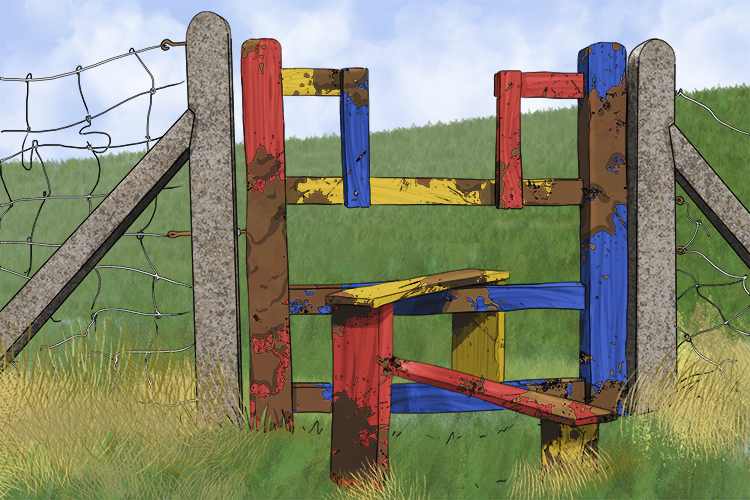
De Stijl artwork is easy to spot because of its graphic grid formations and use of primary colours. It is most commonly associated with Piet Mondrian and his instantly recognisable paintings.
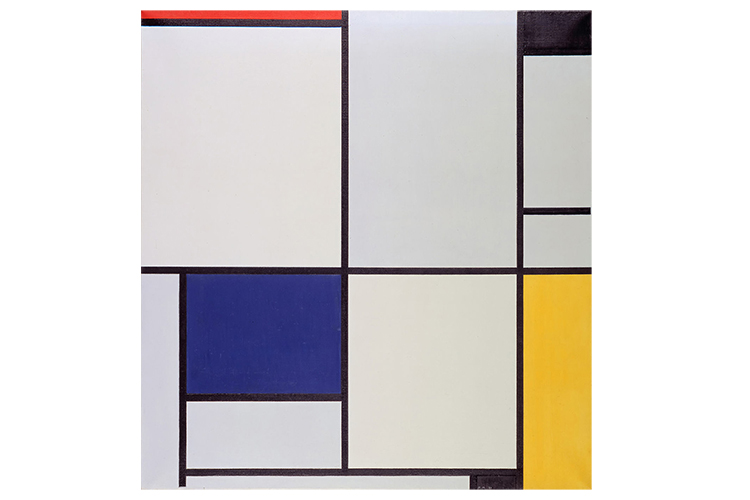
Piet Mondrian, Tableau I, 1921
De Stijl Project
To create a piece of De Stijl inspired artwork, you will need a canvas, some thin masking tape (available in craft shops) and black, white, red, yellow and blue acrylic paint.
The first step of the process is to completely paint your canvas black.
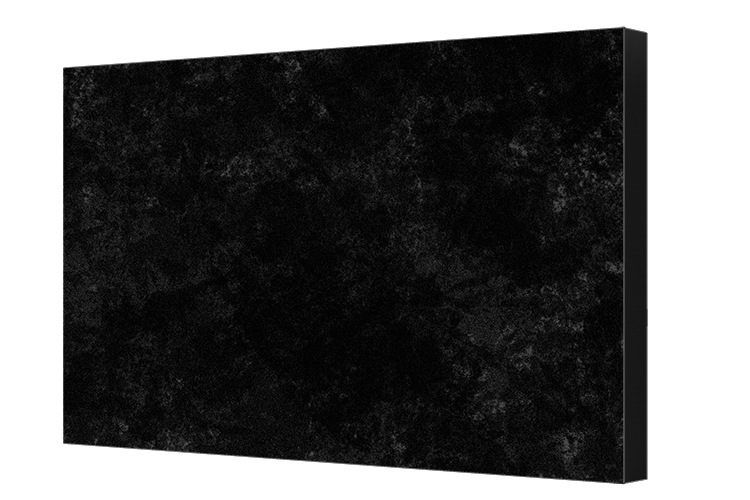
Allow the black paint to dry thoroughly.
Once dry, use the thin masking tape in horizontal and vertical lines to create a grid on your canvas. The tape does not need to go all the way from one side of the canvas to the other, as long as it links from line to line.
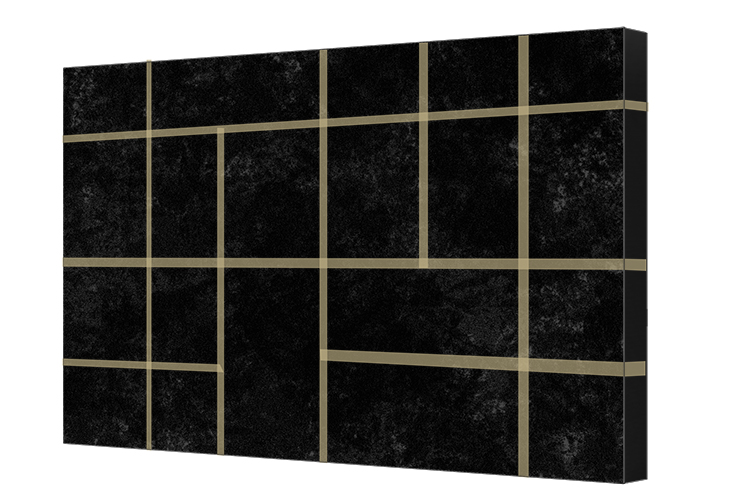
If you are happy with the placement of your tape, ensure it is fully stuck down then cover the canvas in white paint other than a few rectangles of your grid, which you can leave black.
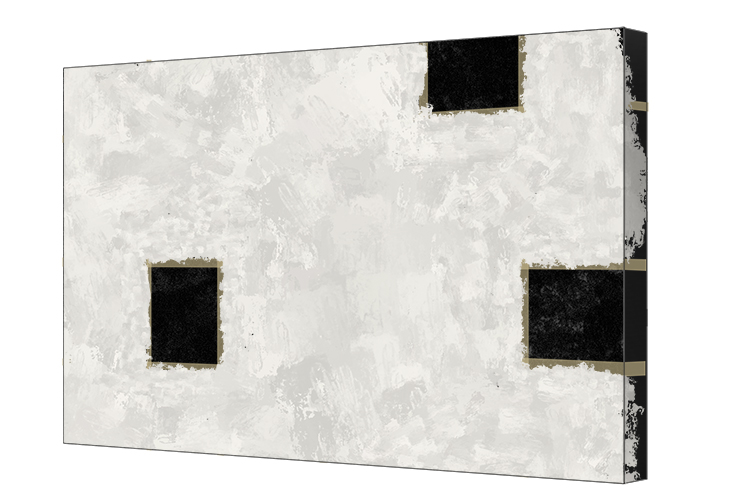
You will now be left with a grid of white squares.
Use the three primary colours, red, yellow and blue, to fill in each of the rectangles, leaving a few of them white.
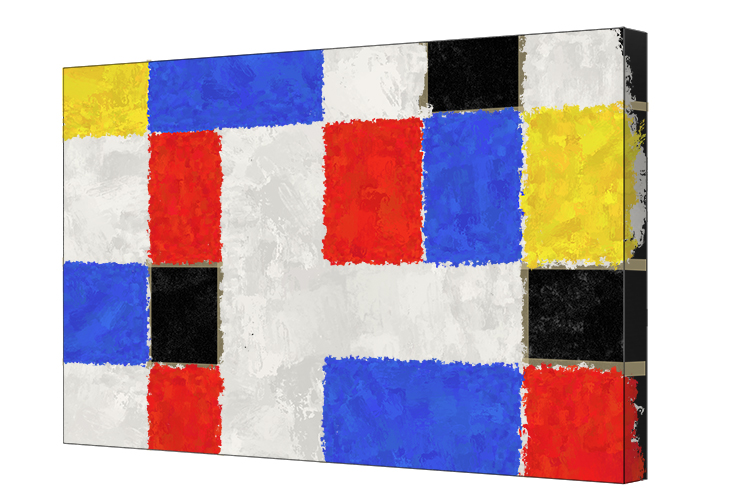
Allow the painting to fully dry to prevent any bleeding of the paint edges.
When the painting is dry, gently remove the taped lines, which will reveal the bold, black grid that sections off your colours.
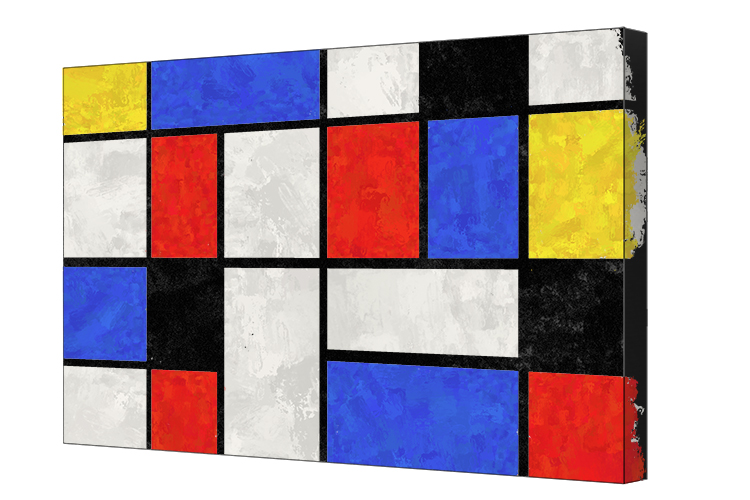
De Stijl




